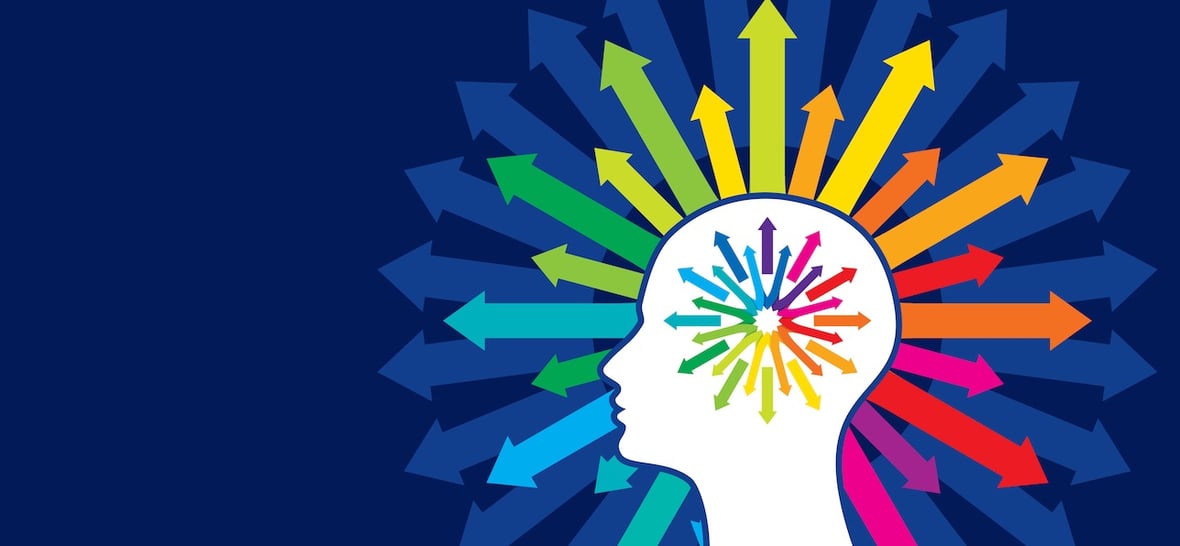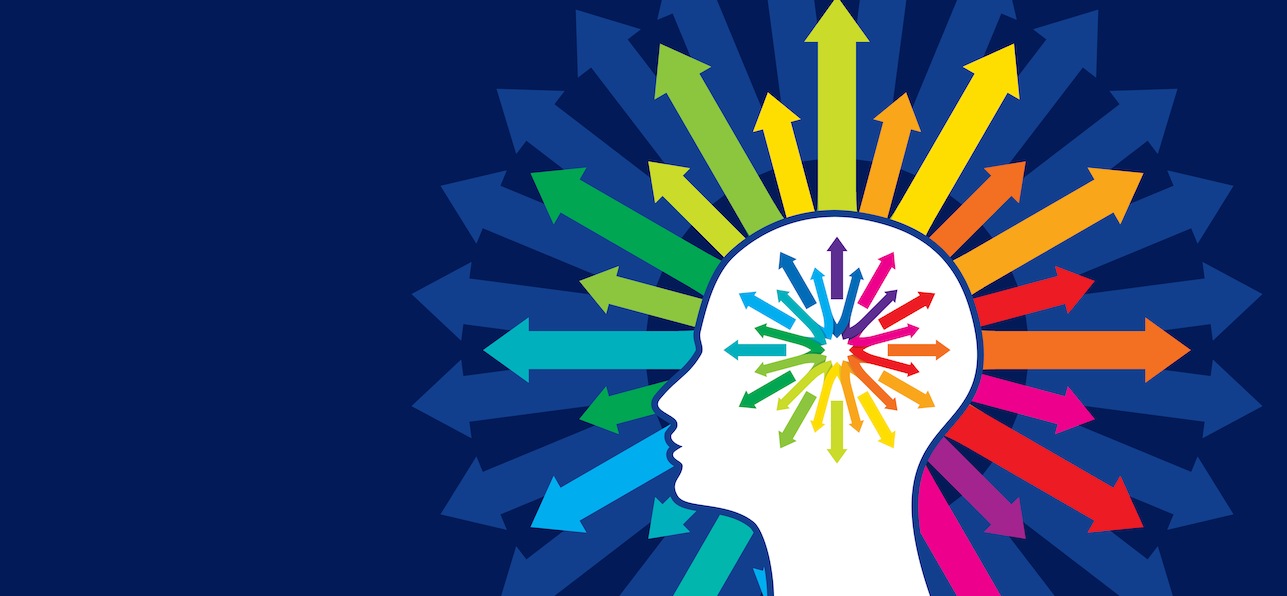
The Core Psychological Influences on a Lead’s Decision Making Process
August 11, 2015
By Amber Kemmis
 When you analyze website data, performance and lead conversions, how often do you take this process a step further to look at the things you can’t see in the data? For example, you can see that many of your website visitors and leads navigate to the resource center, but without thinking about the “why” behind this action or the motivator that drove them there, you can’t truly be effective at influencing the lead’s decision making process.
When you analyze website data, performance and lead conversions, how often do you take this process a step further to look at the things you can’t see in the data? For example, you can see that many of your website visitors and leads navigate to the resource center, but without thinking about the “why” behind this action or the motivator that drove them there, you can’t truly be effective at influencing the lead’s decision making process.
As behavioral psychologist, Ivan Pavlov, once said, “Don't become a mere recorder of facts, but try to penetrate the mystery of their origin.” It isn’t until you dig deeper into the data and the psychological influences that generate this data that you’ll be able to help a lead decide your company’s product or service is best. Here's some of the core psychological influences that influence a lead's decision making process .
Internal & External Influences
In making decisions, a lead is influenced by external forces, as well as internal forces. For example, if a friend shares a coupon on Facebook to a product she recommends and I claim it, this would be an external influence because I made a decision based on the influence of my friend. On the other hand, if I decide to purchase tickets to an amusement park because I remember how awesome it was as a child, this would be an internal influence.
A lead’s decision making process is influenced by a combination of internal and external influences. At times, one of these influences may be stronger than the other, but understanding how each work to impact decision making will help you to build campaigns that ultimately help generate sales.
Internal Influences
Cognitive Bias
Despite the human’s effort to be rational beings, research has shown that we are actually more lazy than rational. In saying we are “lazy”, this doesn’t insinuate that we are couch potatoes. Our brains are “lazy” in the sense that it will take short-cuts and use minimal effort when making decisions to save brain power. In doing this, cognitive bias can occur. A cognitive bias is an error in decision making due to a combination of factors including the following:
-
Halo effect: This bias is also known as the “what is beautiful is good” principle. It is the habitual tendency to rate a person or thing positively based on one desirable characteristic. As research shows, people who are thought to be attractive will also be rated positively for other factors such as intelligence or friendliness. Although this effect has been most used by marketers who gain endorsements from likable people like celebrities, it may also be beneficial in relation to website design and the user experience. For example, if your website’s design is thought to be “beautiful”, the lead will find the overall product to be good.
-
Functional fixedness: This is a bias that causes us to see an object only for its intended use. A basic example of this is that we may only see that a pencil's use is simply to write. However, it may also be used to throw your hair up into a messy bun if you think past its intended use. For marketers, you'll need to keep in mind that throughout the lead's decision making process, you'll likely need to educate on how to solve problems in new ways, especially if your product or service goes against what the lead has always known, to get past functional fixedness.
-
Confirmation bias: With this bias, our brains tend to seek information that confirms our beliefs. For example, if a lead favors a particular type of software, he is more likely to seek out information that supports this software. He’ll also be more likely to frame new information, although not completely supportive of the software, to conform.
-
Attentional bias: In the decision making process, attentional bias comes into effect when the lead unconsciously attends to certain stimuli while ignoring other stimuli. We tend to focus on stimuli that's familiar, so you can use this bias to an advantage by presenting stimuli about your brand while the lead is in the decision making process by using blog subscription emails, retargeting ads and social media.
Learning & Memory
The cognitive biases discussed above are a product of learning and memories. Rather than being a blank slate when making decisions, a lead will use what they've learned and stored in memory to make a decision. A bias occurs because our brain takes a short-cut through our memory without any conscious awareness.
Learning, which can be defined as the process of acquiring new information, and memory, which is where we store this information, are both key in a lead's decision making process. In reference to the inbound methodology, you know that a lead typically goes through stages of identifying the problem, evaluating and comparing solutions, and, finally, deciding on the most valid solution. This entire process involves learning which means that you need to facilitate this process by serving up content that aligns to each stage.
Emotion vs. Logic
As I've discussed in a previous post, How to Use Emotional Marketing to Build Outstanding Campaigns, humans are much more emotional in decision making than they are logical or rational. Thus, it is important to understand the emotions driving a lead through the decision making process. By doing this, you can build content and campaigns that resonate with the lead.
External Influences
Social
Social influences can be divided into two groups: 1) reference group 2) membership group. A reference group is one a group of people that one uses to judge their own behavior and characteristics. It is a group that the persona may or may not be a part of. On the contrary, a membership group is one that describes the actual characteristics of an individual including things such as their age, religion, and the place where they live and work. When a lead is going through the decision making process, he or she will be influenced by both groups. Often, a reference group is a significantinfluencer. For example, let's say your boss wants to find a better email marketing software. Because you value her opinion, your decision to seek out a new email marketing software will be largely influenced by your boss's decision.
Culture
The way that culture influences decision making variessignificantly from culture to culture. For example, Americans are very individualistic, so they tend to make decisions based on personal aspirations and needs. However, in a more collective culture like that of the Chinese, decisions are driven by the benefit of society as a whole. If your company plans to expand internationally, it would be wise to create marketing campaigns that take into consideration the culture of each geographical location you target.
Environment
From budget concerns to the office at which the lead sits in while making a decision, the environment impacts the lead's decision making process. For example, in a study conducted by Stanford graduates, it was found that voters were more likely to vote yes to increasing funding for education if they voted in a school. For marketers in an online world, environment is still important. From the user experience that your website provides to the stage you set with content, each aspect is a cue in the lead's environment that can either aid in helping the lead decide to go with your company or prohibit that. Knowing the lead by building buyer personas will help you to know what environmental cues you should target or avoid.
What's Next?
As a marketer, you likely know that one of the first steps to building successful campaigns is to build buyer personas. As you think back onto the core psychological influences on a lead's decision making process, this is even more important. You should clearly understand all of the psychological influences that your buyer experiences so that you can tailor campaigns to this. Get started in thinking about these now by sharing some of the influences you've seen with your company's leads in the comments!

About the author
Amber Kemmis was formerly the VP of Client Services at SmartBug Media. Having a psychology background in the marketing world has its perks, especially with inbound marketing. My past studies in human behavior and psychology have led me to strongly believe that traditional ad marketing only turns prospects away, and advertising spend never puts the right message in front of the right person at the right time. Thus, resulting in wasted marketing efforts and investment. I'm determined to help each and every one of our clients attract and retain new customers in a delightful and helpful way that leads to sustainable revenue growth. Read more articles by Amber Kemmis.








